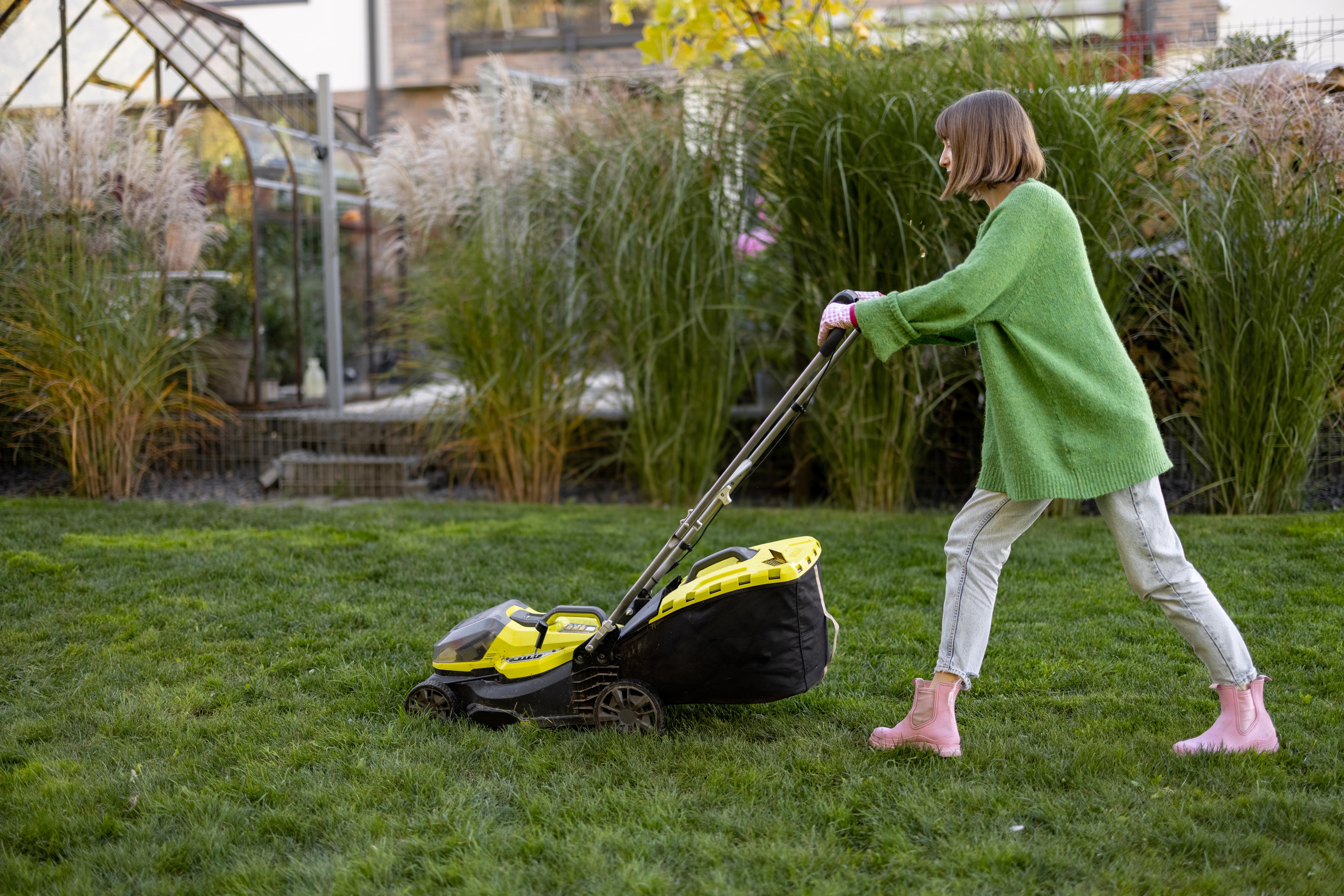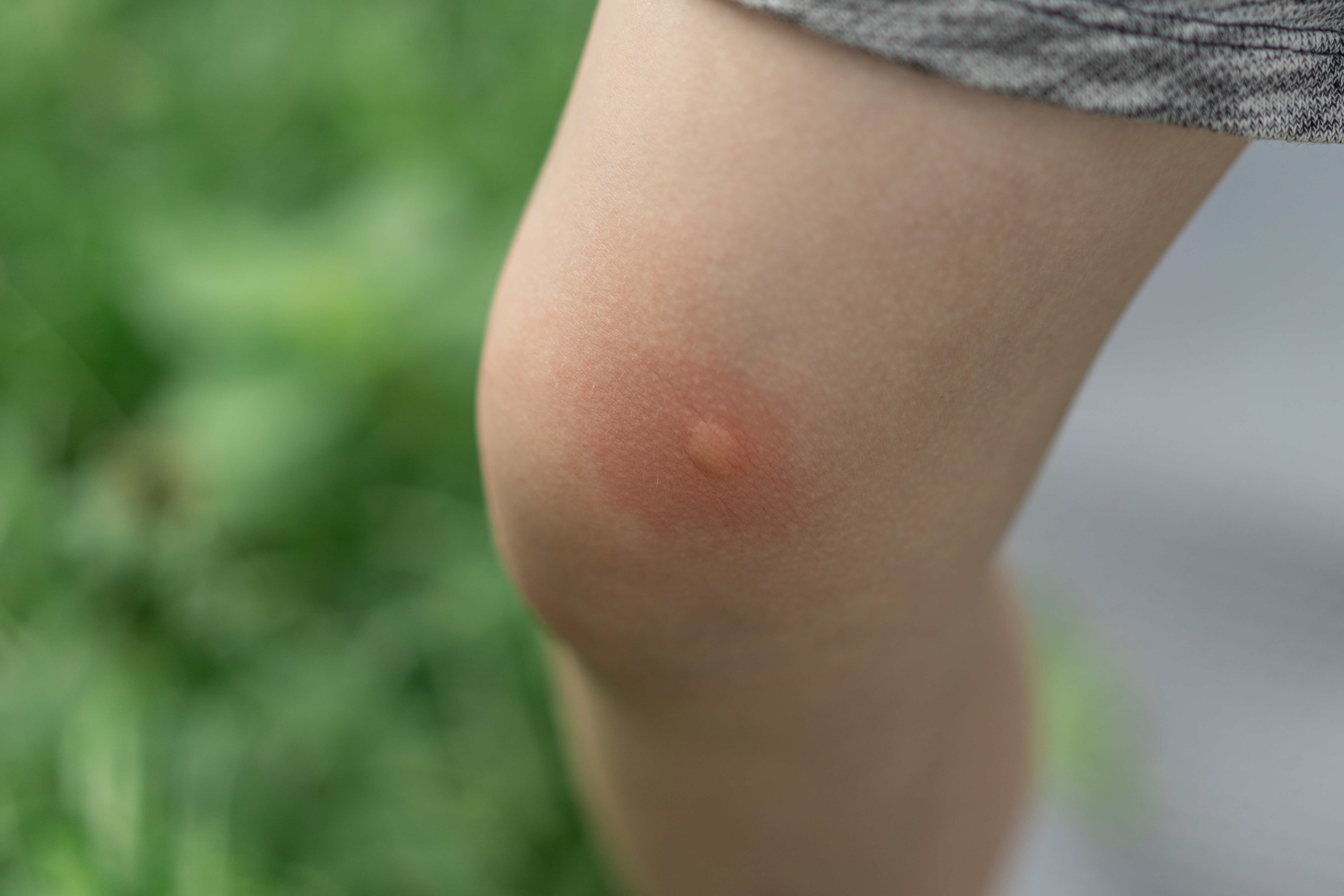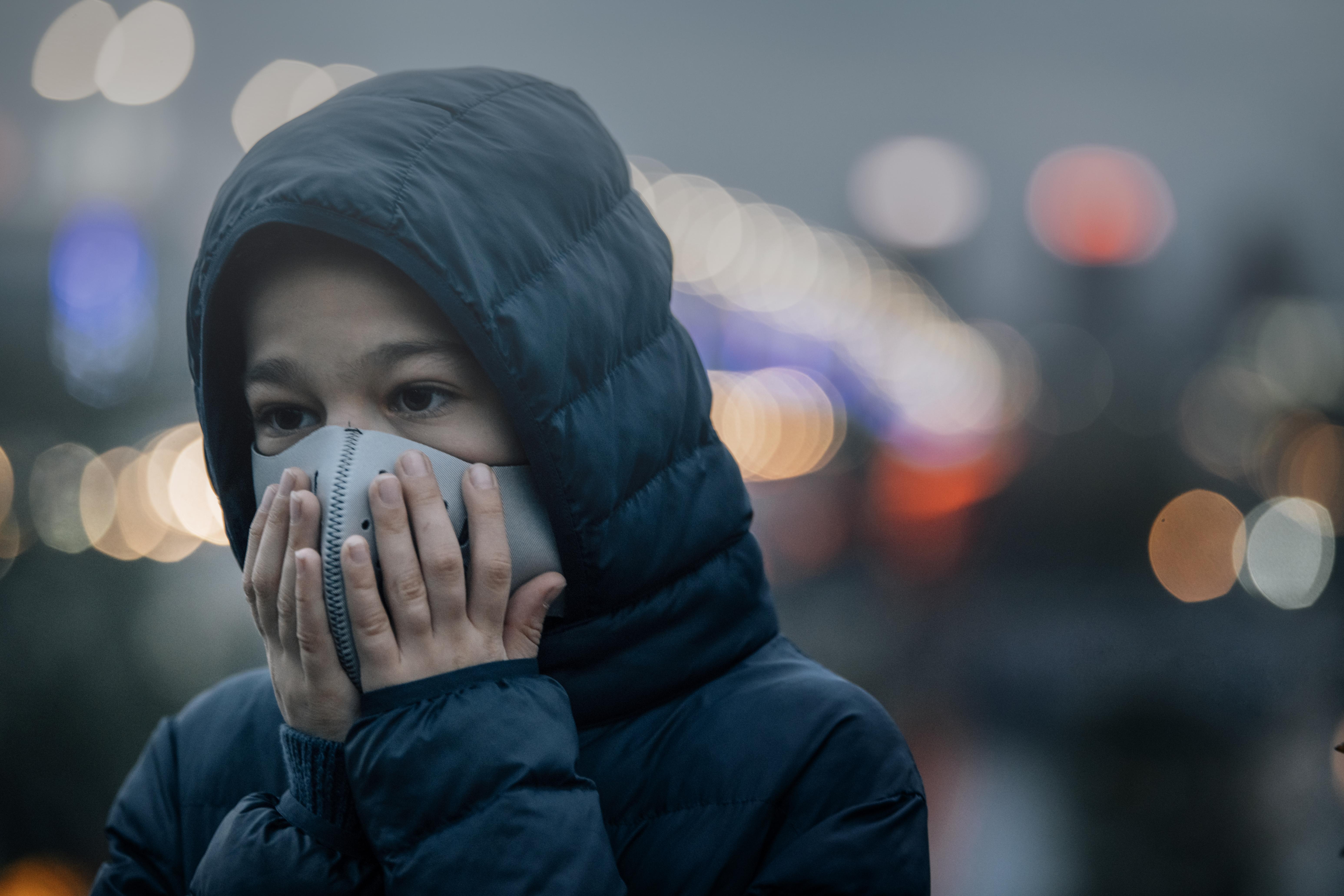12 Unexpected Summer Allergy Triggers You Didn't Know About
Summer, a season synonymous with sunshine, beach trips, and outdoor adventures, often brings with it an unwelcome guest: allergies. While many are familiar with the usual culprits like pollen and grass, there exists a myriad of unexpected triggers that can stealthily disrupt your sunny escapades. These hidden allergens can transform a day at the park or a backyard barbecue into a sneeze-filled ordeal. Understanding these lesser-known triggers is crucial for those who suffer from seasonal allergies, as it allows them to better prepare and enjoy the summer months without constant discomfort. This article will delve into 12 surprising allergy triggers that often fly under the radar, each with its own unique characteristics and effects. By shedding light on these unexpected allergens, we aim to equip you with the knowledge to identify and manage them effectively, ensuring your summer is as enjoyable as possible. As we journey through this exploration, you'll discover that the world of allergies is far more intricate than it appears, with each section revealing a piece of the puzzle that is summer allergies.
1. Chlorine in Swimming Pools

Swimming is a quintessential summer activity, but for some, the chlorine used to keep pools clean can be an unexpected allergy trigger. Chlorine, a potent chemical, is essential for maintaining water hygiene, yet it can irritate the skin, eyes, and respiratory system. Those with sensitive skin or pre-existing respiratory conditions like asthma may find themselves particularly susceptible. The irritation occurs because chlorine can strip away the natural oils of the skin, leading to dryness and itchiness. Inhalation of chlorine vapors, especially in poorly ventilated indoor pools, can exacerbate respiratory issues, causing coughing and wheezing. For individuals with a chlorine sensitivity, opting for saltwater pools or ensuring proper ventilation in indoor swimming areas can mitigate these effects. Additionally, showering immediately after swimming and using moisturizers can help protect the skin from chlorine's drying effects. Understanding the impact of chlorine on the body is crucial for allergy sufferers who wish to enjoy a refreshing swim without the accompanying discomfort.
2. Freshly Cut Grass

The smell of freshly cut grass is often associated with summer, yet for many, it is a trigger for sneezing and itchy eyes. The process of mowing the lawn releases a variety of allergens, including pollen and mold spores, into the air. The physical act of cutting the grass also releases compounds known as green leaf volatiles, which can irritate the respiratory system. For those with grass pollen allergies, this can result in an immediate allergic reaction, characterized by sneezing, a runny nose, and watery eyes. To minimize exposure, allergy sufferers can wear masks while mowing or opt to hire someone else for the task. Keeping windows closed during and after mowing can also help reduce the amount of allergens entering the home. Understanding the link between freshly cut grass and allergies allows individuals to take proactive measures, ensuring that their enjoyment of a well-manicured lawn doesn’t come at the cost of their comfort.
3. Insect Bites and Stings

Summer's warm weather is a magnet for insects, and their bites and stings can be more than just a nuisance for allergy sufferers. Bees, wasps, mosquitoes, and even ants can trigger allergic reactions ranging from mild irritation to severe anaphylaxis. The body's immune system reacts to the proteins in the insect's saliva or venom, leading to symptoms such as swelling, redness, and itching. In severe cases, individuals may experience difficulty breathing, dizziness, or a drop in blood pressure, requiring immediate medical attention. For those with known insect allergies, carrying an epinephrine auto-injector is essential. Preventative measures, such as using insect repellent, wearing long sleeves and pants, and avoiding areas with high insect activity, can reduce the risk of bites and stings. Understanding the potential for allergic reactions to insect bites and stings allows individuals to enjoy outdoor activities with greater peace of mind, knowing they are prepared for any unexpected encounters.
4. Air Pollution and Ozone

Air pollution is an often overlooked trigger for summer allergies, with ozone being a significant component. During the summer months, increased sunlight and heat can lead to higher levels of ground-level ozone, a key pollutant that can exacerbate respiratory allergies and asthma. Ozone is formed when pollutants from vehicles, industrial facilities, and other sources react in the presence of sunlight. Exposure to high ozone levels can cause symptoms such as coughing, throat irritation, and chest discomfort, particularly for those with pre-existing respiratory conditions. Monitoring air quality reports and limiting outdoor activities during high ozone days can help mitigate exposure. Additionally, using air purifiers indoors can improve air quality within the home. Understanding the impact of air pollution on allergies is essential for those looking to protect their respiratory health during the summer months, allowing them to enjoy outdoor activities without compromising their well-being.
5. Summer Fruits and Oral Allergy Syndrome

Summer brings an abundance of fresh fruits, but for some, consuming these can lead to an itchy mouth and throat. This condition, known as oral allergy syndrome (OAS), occurs when the immune system mistakes proteins in certain fruits for pollen, triggering an allergic reaction. Common summer fruits that can cause OAS include peaches, cherries, melons, and apples. The symptoms are usually mild and include itching or swelling of the lips, mouth, and throat. Cooking or peeling the fruit can often reduce the allergenic proteins, making them safer to eat. For those with severe reactions, avoiding raw fruits altogether may be necessary. Understanding the connection between summer fruits and OAS allows individuals to enjoy the season's bounty without discomfort, ensuring that their diet remains both delicious and safe.
6. Sunscreen and Personal Care Products

Sunscreen is a summer essential, but for some, it can cause allergic reactions. Certain ingredients in sunscreens and other personal care products, such as fragrances and preservatives, can irritate the skin, leading to redness, itching, and rashes. Individuals with sensitive skin or existing skin conditions like eczema are particularly vulnerable. Opting for hypoallergenic products and conducting patch tests before use can help identify potential allergens. Additionally, mineral-based sunscreens, which contain zinc oxide or titanium dioxide, are often less irritating for sensitive skin. Understanding the potential for allergic reactions to personal care products allows individuals to protect their skin from the sun's harmful rays without compromising their comfort, ensuring they can enjoy outdoor activities with confidence.
7. Mold Spores in Humid Environments

Humidity and warmth create the perfect environment for mold growth, making it a common summer allergy trigger. Mold spores, which are released into the air, can cause respiratory symptoms such as sneezing, coughing, and wheezing when inhaled. Mold can thrive in damp areas both indoors and outdoors, including bathrooms, basements, and wooded areas. For allergy sufferers, reducing indoor humidity levels with dehumidifiers and ensuring proper ventilation can help minimize mold growth. Regular cleaning and maintenance of areas prone to moisture accumulation can also reduce exposure. Understanding the connection between humidity and mold allergies allows individuals to take proactive measures, ensuring their indoor environment remains comfortable and allergen-free throughout the summer.
8. Pet Dander in Outdoor Settings

Pets are beloved companions, but their dander can be a surprising allergy trigger during summer outings. When pets accompany their owners outdoors, they can carry pollen, mold spores, and other allergens in their fur, increasing exposure for allergy sufferers. Additionally, pet dander itself can cause allergic reactions, leading to symptoms such as sneezing, itchy eyes, and skin irritation. Regular grooming and bathing of pets can help reduce the amount of dander and outdoor allergens they carry. For those with severe allergies, limiting close contact with pets during peak allergy season may be necessary. Understanding the role of pet dander in summer allergies allows individuals to enjoy their time with furry friends without compromising their health, ensuring that their bond remains strong and comfortable.
9. Smoke from Barbecues and Campfires

Summer is the season for barbecues and campfires, but the smoke from these activities can be an unexpected allergy trigger. Smoke contains a mixture of gases and fine particles that can irritate the eyes, throat, and lungs, exacerbating respiratory allergies and asthma. For those with smoke sensitivities, maintaining a safe distance from the fire and ensuring proper ventilation can help reduce exposure. Additionally, using alternative cooking methods, such as electric grills, can minimize smoke production. Understanding the impact of smoke on allergies allows individuals to enjoy summer gatherings without discomfort, ensuring that their outdoor experiences remain enjoyable and smoke-free.
10. Latex in Summer Gear

Latex is a common material in many summer accessories, such as balloons, swimming goggles, and flip-flops, and can be a surprising allergy trigger. Latex allergies can cause symptoms ranging from skin irritation and itching to more severe reactions, such as difficulty breathing and anaphylaxis. For those with known latex allergies, opting for latex-free alternatives is essential. Reading product labels and choosing items made from alternative materials, such as silicone or synthetic rubber, can help avoid allergic reactions. Understanding the potential for latex allergies in summer gear allows individuals to participate in seasonal activities without risk, ensuring their summer is both safe and enjoyable.
11. Sun-Induced Allergic Reactions

For some individuals, exposure to the sun can trigger an allergic reaction known as polymorphic light eruption (PMLE). This condition causes an itchy rash to develop on sun-exposed skin, often appearing as small red bumps or blisters. PMLE is more common in women and those with fair skin, and symptoms typically appear within hours of sun exposure. To prevent reactions, individuals can wear protective clothing, use broad-spectrum sunscreen, and gradually acclimate their skin to sunlight. Understanding the potential for sun-induced allergic reactions allows individuals to enjoy outdoor activities while protecting their skin, ensuring their summer remains rash-free and comfortable.
12. Cross-Reactivity with Pollen

Cross-reactivity occurs when the immune system confuses proteins in certain foods with pollen allergens, leading to allergic reactions. This phenomenon is common in individuals with hay fever, who may experience symptoms after consuming foods such as bananas, cucumbers, and zucchinis. The symptoms are typically mild and include itching or swelling of the mouth and throat. Cooking the food can often reduce the allergenic proteins, making them safer to eat. Understanding the concept of cross-reactivity allows individuals to make informed dietary choices during the summer, ensuring that their meals remain both enjoyable and allergen-free.
Navigating the world of summer allergies requires awareness and preparation. By understanding the various unexpected triggers, individuals can take proactive measures to minimize exposure and manage symptoms effectively. From chlorine in swimming pools to cross-reactivity with pollen, each trigger presents its own unique challenges. However, with the right strategies, allergy sufferers can enjoy the summer months to the fullest, participating in outdoor activities and savoring seasonal delights without discomfort. As we conclude this exploration of unexpected summer allergy triggers, we hope you feel empowered to tackle the season with confidence, armed with the knowledge to keep sneezes and sniffles at bay.